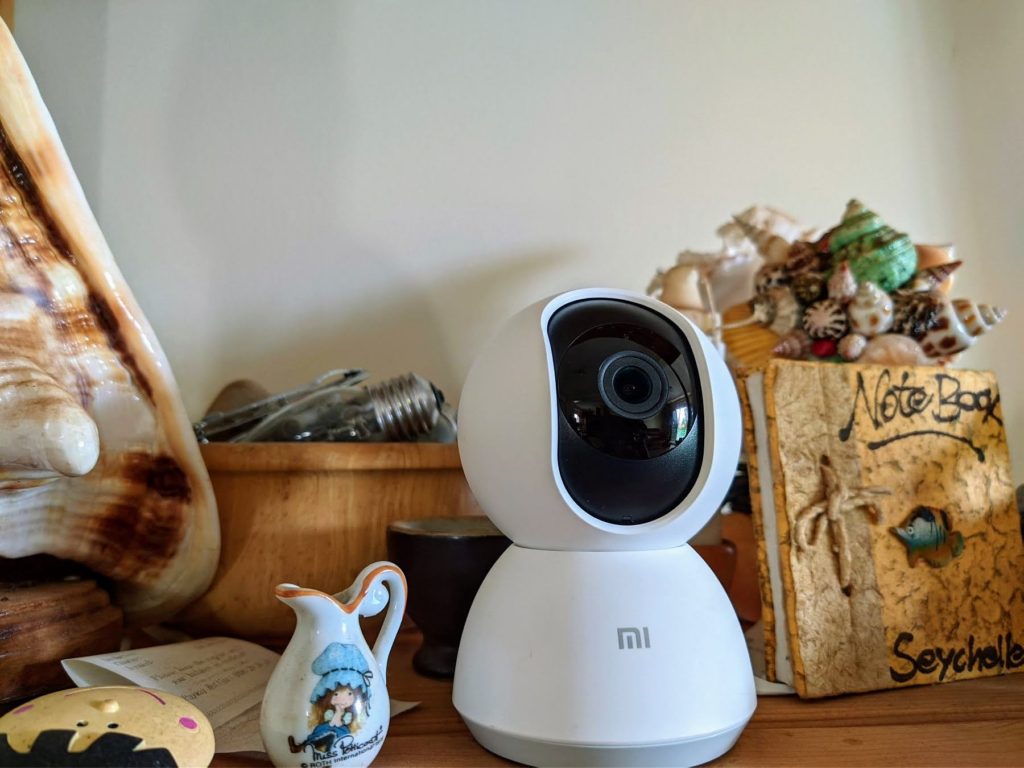CCTV Installation – How to Choose a Camera
and Connect a Surveillance Hub
Getting your CCTV installed can be an exciting task, but it can be a bit challenging if you don’t
know how to do it properly. In this article, we will discuss some of the steps involved, from
selecting a camera to connecting the camera to the DVR. We will also discuss the different
types of surveillance hubs and how to install a camera in your home sg cctv. Lastly, we will discuss the
benefits of a surveillance hub, and how to choose the right camera for your needs.

Installing a cctv system
There are certain steps you should take while installing a CCTV system in your home or office.
The materials you choose for the system should last for the duration of time you expect it to.
Inadequately selected materials will break down soon and be a threat to your security. You
should choose the materials from the best supplier in the market to ensure the highest quality.
Otherwise, you will end up with inexperienced installers and a system that is prone to damage.
There are many reasons to hire a professional CCTV installer. Not only will you receive the best
quality service, you’ll also be assured that it will work properly. In addition to installation, you’ll
also have the peace of mind that comes with knowing that your security system has been
installed properly and is ready to perform its job. In addition to quality installation, professional
CCTV installers know the ins and outs of this type of security system.
Choosing a camera
When choosing a camera for your CCTV installation, there are a few different factors to consider.
First, consider how you plan to mount or house the camera. If you are installing the camera
outside, you should choose one that is durable and resistant to water, grease and steam. If you
plan to use the camera indoors, look for a light-proof model that can be installed outdoors.
Finally, consider what resolution you want your camera to have. For small rooms, lower
resolution cameras are fine.
When choosing a camera for CCTV installation, remember to consider the resolution. You want
to select a camera that will provide you with good quality video and clear images. Make sure to
choose a high resolution camera if you expect to monitor large areas. Remember, you will be
using the camera in an area where people might be tempted to break in, so choose wisely. You
can also choose a standard definition camera if you want a high resolution video feed.

Installing a surveillance hub
When installing a surveillance hub, you must be sure to use a power drill. Use it to drill a hole for
the mounting screws, and then a larger hole to feed the cable. The larger hole usually requires a
spade bit, although a regular drill bit can work well as well. You will need to drill holes in walls
and ceilings in order to feed the cable.
The type of cables you choose for your CCTV installation will depend on the number of monitors
and cameras that you have. In general, three to five screens is enough for most applications.
You can add more as needed. In addition, it is crucial to install video management software to
control your CCTV recording systems. While you may be familiar with home DVR systems,
business-grade security solutions offer additional features. For example, they let you isolate
critical moments in video and record them separately.
Connecting a camera to a DVR
You should connect a security camera to a DVR during the CCTV installation process. To do
this, you need to locate the location where the camera is to be installed and the control
equipment. Then, run pre-terminated cables from the camera to the control equipment. The
cable should have a male plug at the camera side and a power socket on the control equipment
side. Next, connect the video-out socket and the black BNC lead to the video-input socket on
the DVR. To ensure the cables stay secure, you may want to consider installing wire moldings to
hide the cable.
The video cable connects the CCTV camera to the DVR via the BNC port. To make this
connection, you will need a video cable with a 1.5 cm outer covering and braids. Then, insert the
crimping barrel on the other end of the cable with its widest diameter. Once you have secured
the connection, connect the video output port on the DVR to the screen.
